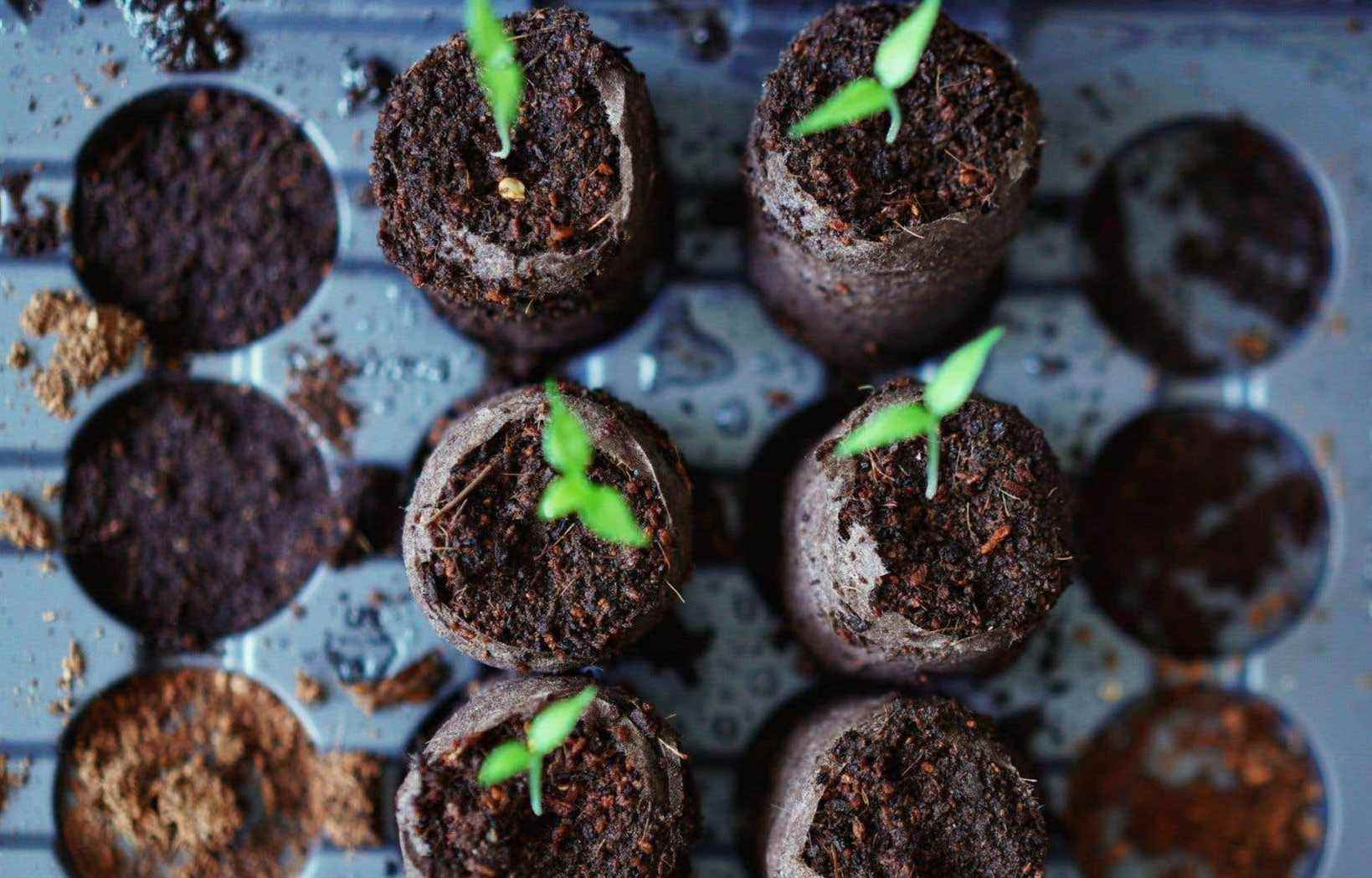This text is part of the special book Plaisirs
There is no better time to prepare your vegetable garden and dream of summer than in the middle of winter. In order to be able to plant, transplant and harvest in time, you need to start planning your seedlings well before spring. The seedsmen of the Jardin des vie-la-joie, Ariane B. Louis-Seize and Roby Gobeil, offer us their best tips and advice for making the right choices.
Vegetable sowing calendar
From the beginning of the new year, seed companies update their catalog so that gardeners can prepare their vegetable gardens and flower beds. Take the whole month of February to plan what you will plant, depending on the space you have, your tastes and the use you will make of your plants. You will start planting indoor seedlings sometimes as early as the beginning of March until mid-April.
Onion, leek: early March
Bell pepper, kale (kale), aubergine : half-March
Cauliflower, broccoli: At the beginning of April
Tomato: end of March – mid-April
Lettuce: half April
Start slow
Sowing seeds requires a lot of organization, time, space and rigour. This is why, the first year, it is recommended to start with seeds that are planted directly in the ground outdoors, skipping the stage of indoor seedlings. “When the last frost has passed, you can start planting your seedlings directly outside,” explains Roby Gobeil. If you want to be sure of a successful first vegetable garden, you can try growing lettuces, beans, carrots or spinach.
The necessary equipment
Indoor seedlings should first be planted in peat, fiber or plastic containers. For the substrate, the nutritive substance in which the seedlings are planted, it is necessary to favor a mixture based on peat moss, since it is lighter and porous than the earth. It is not necessary to add fertilizer: the seedlings do not need it in the first weeks of germination. Also get a spray bottle to water the seedlings sparingly. A classic watering can may saturate them with water. This material can be found at seed companies and seed dealers when purchasing seedlings, otherwise at large-area hardware stores.
Mistakes to avoid
Not reading the instructions on semen packets is the main mistake noted by Ariane B. Louis-Seize. “People are eager to get started and they often plant earlier than recommended,” she notes. In such a case, the plant will have to be transplanted too quickly, and this could break its natural cycle. When in doubt, questions should be asked to the seed companies. Roby Gobeil, meanwhile, notes that people often put too much soil on their seedlings. “When it says on the bag to sow on the surface, do not cover the seed, otherwise it will not get enough light. »
Pro tips
Often, the natural light in the house is not enough to grow your seedlings indoors. That’s why Roby Gobeil recommends getting LED plant lights or fluorescent grow lights to install above your seedlings. Also, having a fan in the room where you start your seedlings is a great way to prepare them for the vagaries of the weather. This way, the seedlings will be used to the wind when they are transplanted outside.
Prioritize local seeds
Obtaining supplies from Quebec seed companies can greatly help to make your vegetable garden a success. Indeed, since they are produced in Quebec, the seeds are better adapted to our climate. They are more robust and of a much better quality. Although not all of them are certified organic, local seeds are often produced without pesticides, unlike those found in large commercial chains.
What is a native seed?
A native seed means that it is native to North America. It is adapted to the climate and has always been part of the ecosystem; it helps to maintain its balance by feeding pollinators, such as bees and butterflies, which in turn will help the productivity of the vegetable garden. Roby Gobeil suggests that gardeners plant a few, such as echinacea, blue verbena, yarrow, bee balm or milkweed, to help support biodiversity.
Avoid Hybrids
A hybrid is a plant that has been created from two different varieties. A first generation hybrid is called “F1”, and usually this seed will give very good results the first year. However, it is not recommended to collect the seeds in order to replant them the following year. “Hybrids are unstable when re-sown,” explains Roby Gobeil. They will never give the same result as the first year, which is why you will have to buy them every year.
